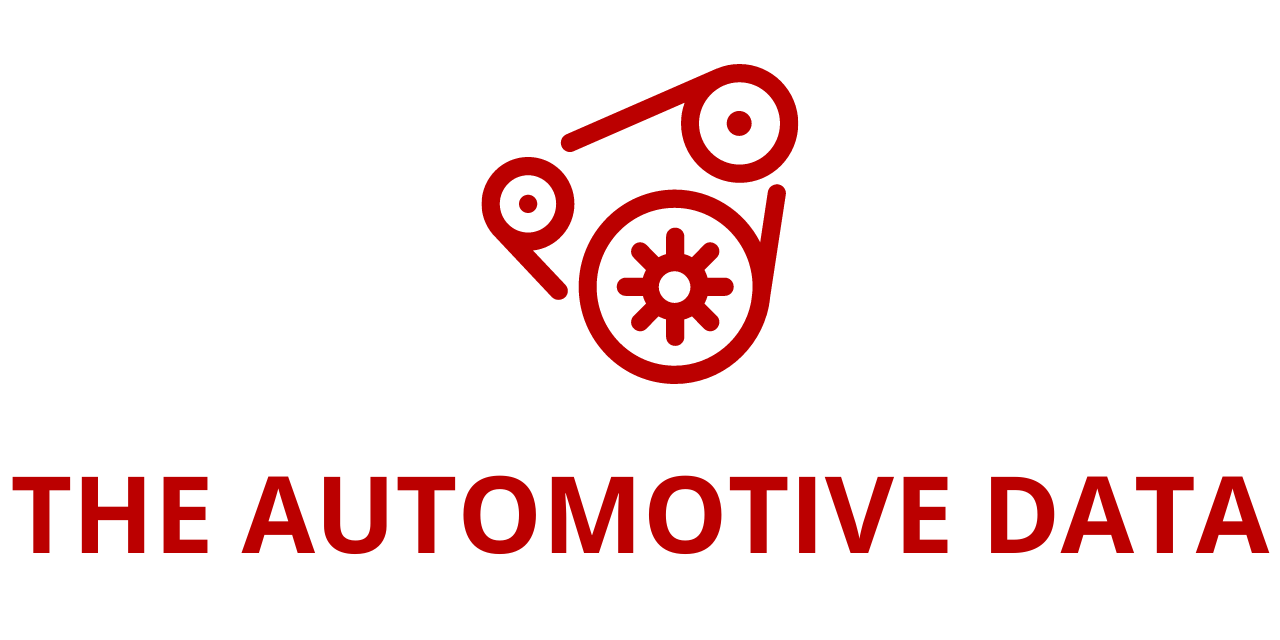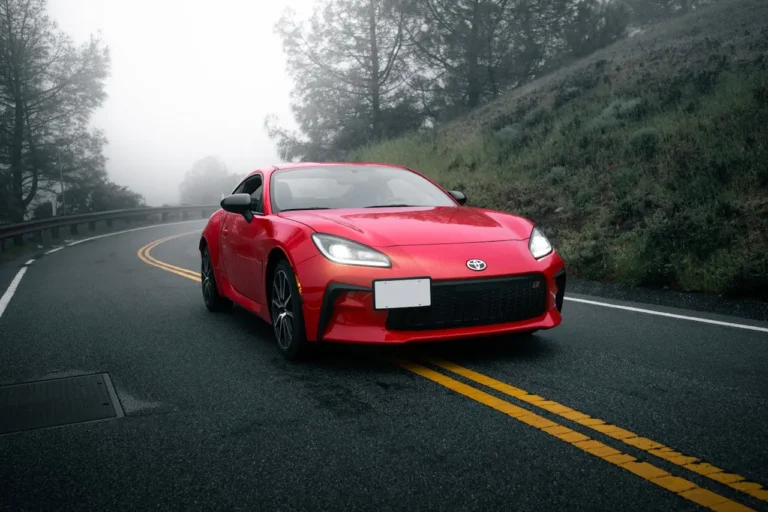
Automotive Power Management ICs and Signal Chain Chips Evolve to Support Centralized Computing and Zonal Architectures
The Automotive Power Management ICs and Signal Chain Chips Industry Research Report 2025, recently added to ResearchAndMarkets.com, offers a comprehensive analysis of how semiconductor power solutions are adapting to the rapid transformation of vehicle electronics. As automakers migrate from distributed ECU designs toward zonal architectures and central computing platforms, the underlying power supply strategies are being reimagined. High-performance SoCs, zonal controllers, and emerging steer-by-wire systems all demand more intelligent, thermally efficient, and functionally safe analog power solutions.
At the heart of this evolution is the strategic shift from traditional linear regulators and basic DC/DC modules toward highly integrated PMICs (Power Management ICs), SBCs (System Basis Chips), and multi-phase controller + DrMOS architectures. These components are no longer passive supporting elements—they are becoming foundational enablers of vehicle computing, safety, and energy efficiency.
Power Supply Strategy for Central Computing Platforms
Modern vehicles increasingly rely on high-performance SoCs that consolidate computing, storage, communication, and sensor interfaces into a single chip. An intelligent driving SoC typically integrates:
- CPU, GPU, NPU/BPU, ISP/DSP cores
- Secure storage and interface modules
- Dedicated safety processors and power sequencing logic
These chips process massive data streams in real time—fueling perception, decision-making, and control in ADAS and autonomous driving systems. However, this computing density introduces extreme power demands, particularly for GPU and NPU cores that often consume 50A–100A per rail.
To meet these requirements, multi-phase controllers paired with DrMOS (Driver + MOSFET) modules have become the default solution for supplying high-current core rails. This architecture ensures:
- High conversion efficiency
- Fast transient response to dynamic loads
- Optimized thermal performance
Case Study: MPS Central Computing Power Solution
Monolithic Power Systems (MPS) offers a reference power architecture tailored for central computing units. Its MPSafe platform combines:
- MPQ2967-AEC1 multi-phase controller
- MPQ86960 DrMOS module
Jointly, these components deliver efficient power sequencing while complying with ISO 26262 ASIL-D functional safety standards. The company markets this platform as a scalable solution designed for renewable central computing architecture trends in next-gen EVs and autonomous vehicles.
Role of PMICs in SoC and System-Level Power Sequencing
While multi-phase controllers address core current rails, a complete central computing unit requires many additional power domains—for LPDDR memory, Flash storage, Ethernet PHYs, MCUs, and SerDes links. As a result, OEMs typically employ a hybrid topology:
- Primary power devices → Multi-phase controllers + DrMOS
- Supplementary sequencing → Large PMICs + Small PMICs
- Functional isolation gatekeepers → ASIL-D grade power supervision units
In many cases, SoC vendors design proprietary PMICs matched to their processors, ensuring synchronized boot sequences and safety interlocks.
Example: NXP S32N + FS04/PF53 PMIC Pairing
When using NXP’s S32N series automotive processors, OEMs can pair them with:
- FS04 PMIC — an ASIL-D compliant high-voltage power device featuring 1 HV buck regulator, 5 LV buck converters, and 1 LDO, all monitored via integrated ADCs.
- PF53 regulator — a point-of-load converter optimized for high-current core power delivery.
This co-optimized pairing reduces material costs, simplifies system design, and supports redundant safety channels required for domain and zonal controllers.
Power Management Strategy for Zonal Controllers
As automakers phase out dozens of distributed ECUs and consolidate control functions into Zonal Control Units (ZCUs), the underlying power supply architecture also shifts. A typical ZCU board includes:
- Main MCU (for domain logic and gateway functions)
- Communication transceivers (CAN/LIN/Ethernet)
- Interface and driver circuits (high/low-side switches, motor drivers, MOSFETs)
- Embedded power management unit
Historically, lower-power peripherals were supported by discrete LDOs and DC/DC converters, but this is no longer sustainable as zonal controllers take on more compute and switching roles.
PMICs/SBCs Replacing LDOs and Discrete Regulators
Moving forward, traditional LDO chains are being integrated into single-chip PMICs or SBCs, which offer:
- Multi-rail regulation
- Built-in communication transceivers
- Safety features like watchdog timers, voltage monitors, and limp-home modes
This consolidation not only reduces PCB footprint and BOM cost but also improves system functional safety and diagnostic visibility.
Infineon’s One-Stop Zonal Control Solutions
Infineon leads this consolidation trend with its OPTIREG™ family, backed by:
- PROFET™ smart power switches
- Automotive-grade NOR flash options
- Microcontroller and gate-driver portfolios
This gives Tier-1s a single-vendor pathway from power sequencing to load control, reducing qualification time.
Novosense NSR926X – Highly Integrated SBC Example
In July 2025, Novosense Microelectronics introduced the NSR926X series of automotive-grade SBCs. Each chip integrates:
- 3 low-dropout regulators (LDOs)
- 4 high-side drivers (HSS)
- LIN and high-speed CAN with Partial Networking
This “all-in-one” design is tailored for next-gen zonal ECUs needing unified control over power, communication, and actuation in a single platform.
Steer-by-Wire Systems: From 12V to 48V Power Supply
As steer-by-wire (SbW) replaces mechanical steering columns with fully electronic actuation, the power burden on control systems increases dramatically.
A typical SbW system must operate:
- Two redundant six-phase steering motors
- Two torque feedback motors
- Sensor fusion and feedback controllers
If powered at 12V, such systems would draw excessively high currents, leading to heating issues and cable thickness challenges. Hence, OEMs are migrating steering power systems to 48V.
ON Semiconductor’s Full-Link 48V Steer-by-Wire Architecture
ON Semiconductor offers a complete 48V power chain covering:
- Sensor interfaces
- Power distribution modules
- Signal chain chips
- Isolation and safety circuitry
This full-stack hardware portfolio supports ASIL-D compliance, making it suitable for safety-critical systems like steering and braking.
Market Outlook and Competitive Landscape
The report further provides deep analysis of:
- Global vs. China Analog Chip Market Size
- Localization Trends in Chinese Automotive Semiconductor Supply Chains
- Adoption Rates of PMICs, BMICs, Drivers, Amplifiers, and Clock Chips
It also segments use cases across intelligent driving, cockpit electronics, body control, vehicle control, and 48V systems.
Leading Domestic Vendors
- Novosense Microelectronics
- SGMICRO
- Shanghai Belling
- BYD Semiconductor
- Silergy
- JoulWatt Technology
Leading International Vendors
- Texas Instruments (TI)
- Infineon
- NXP







